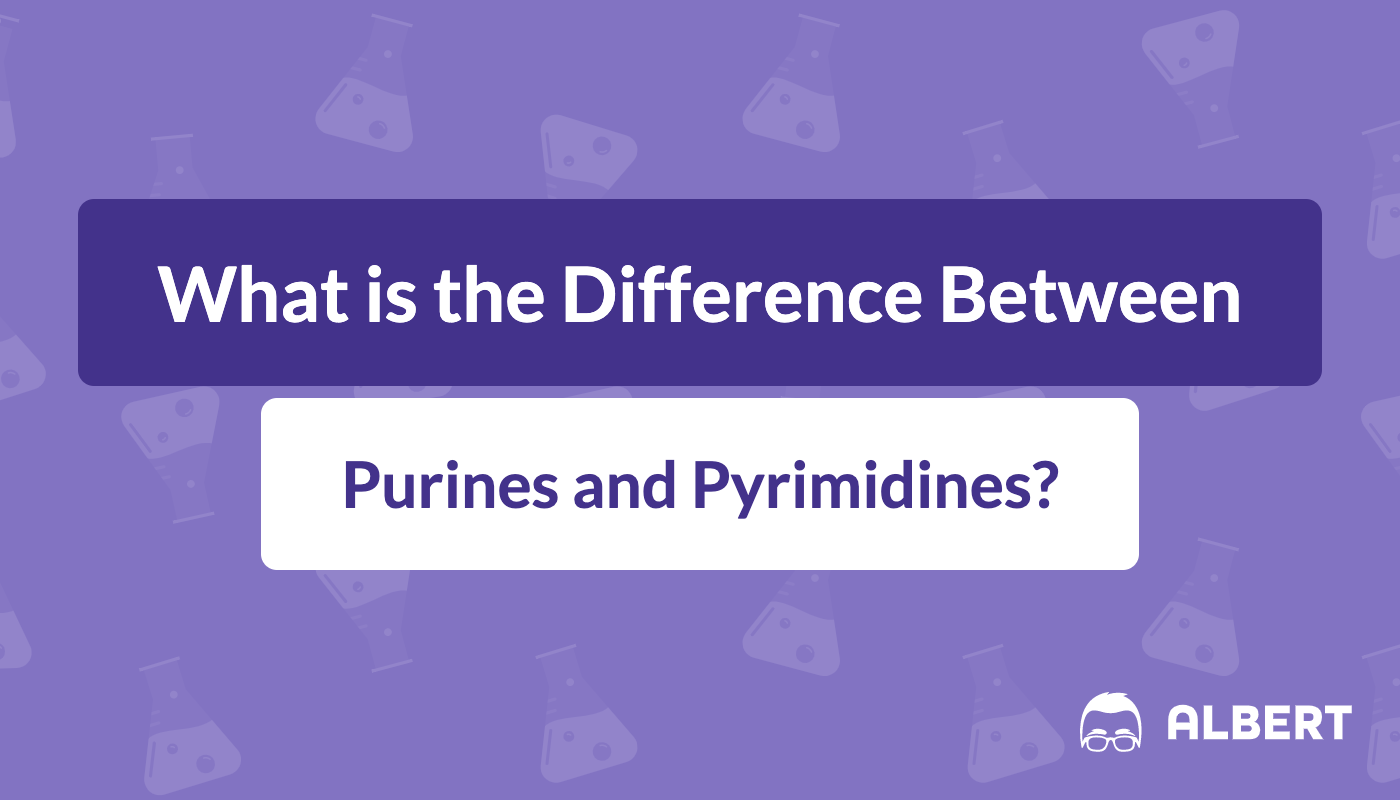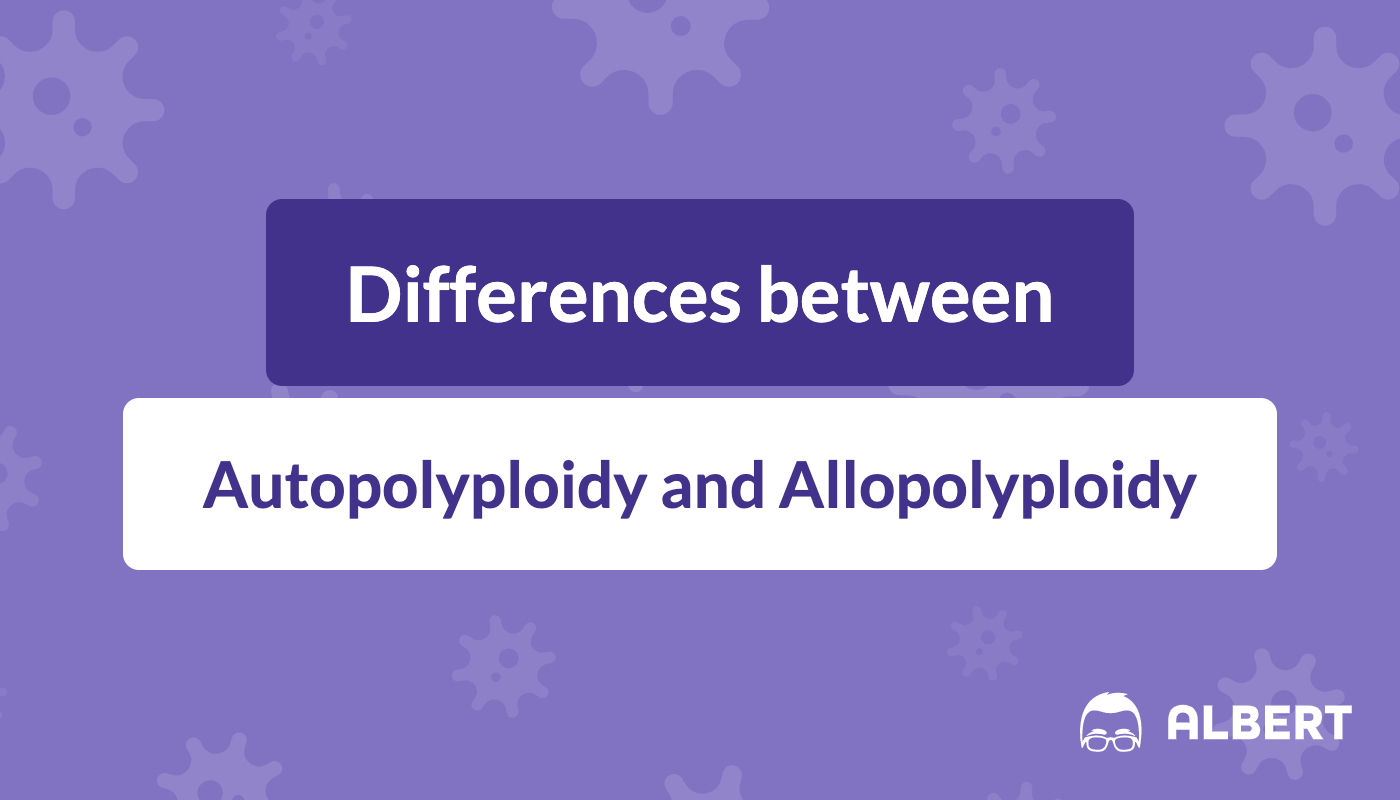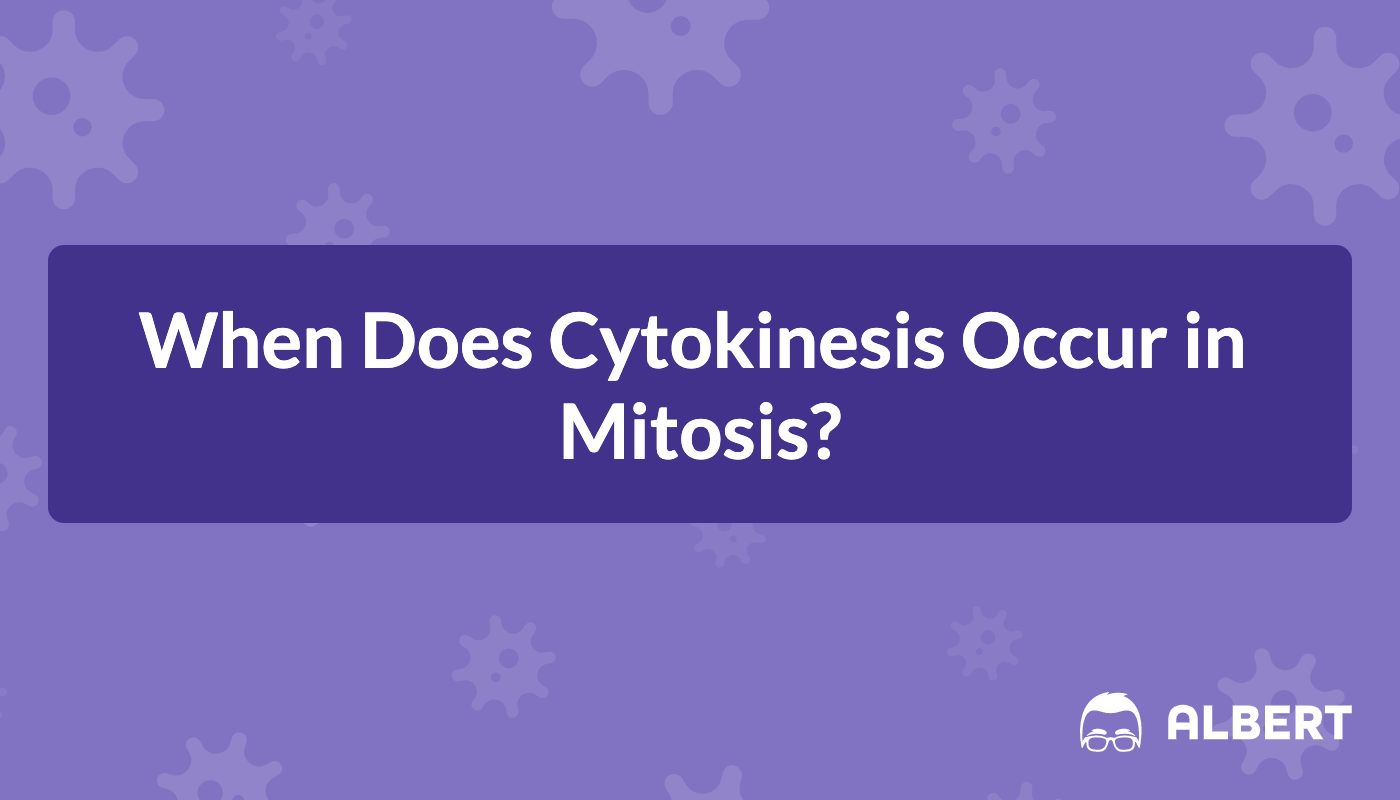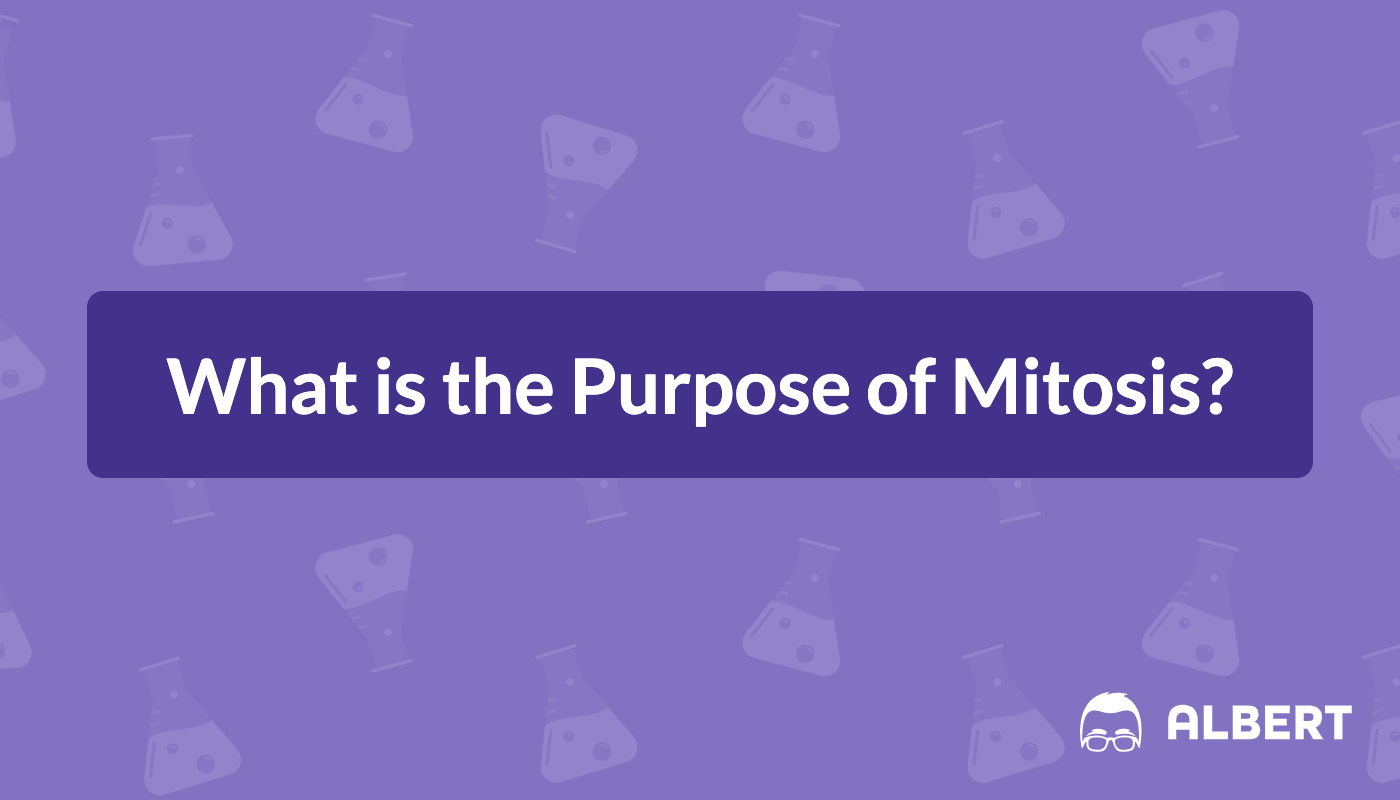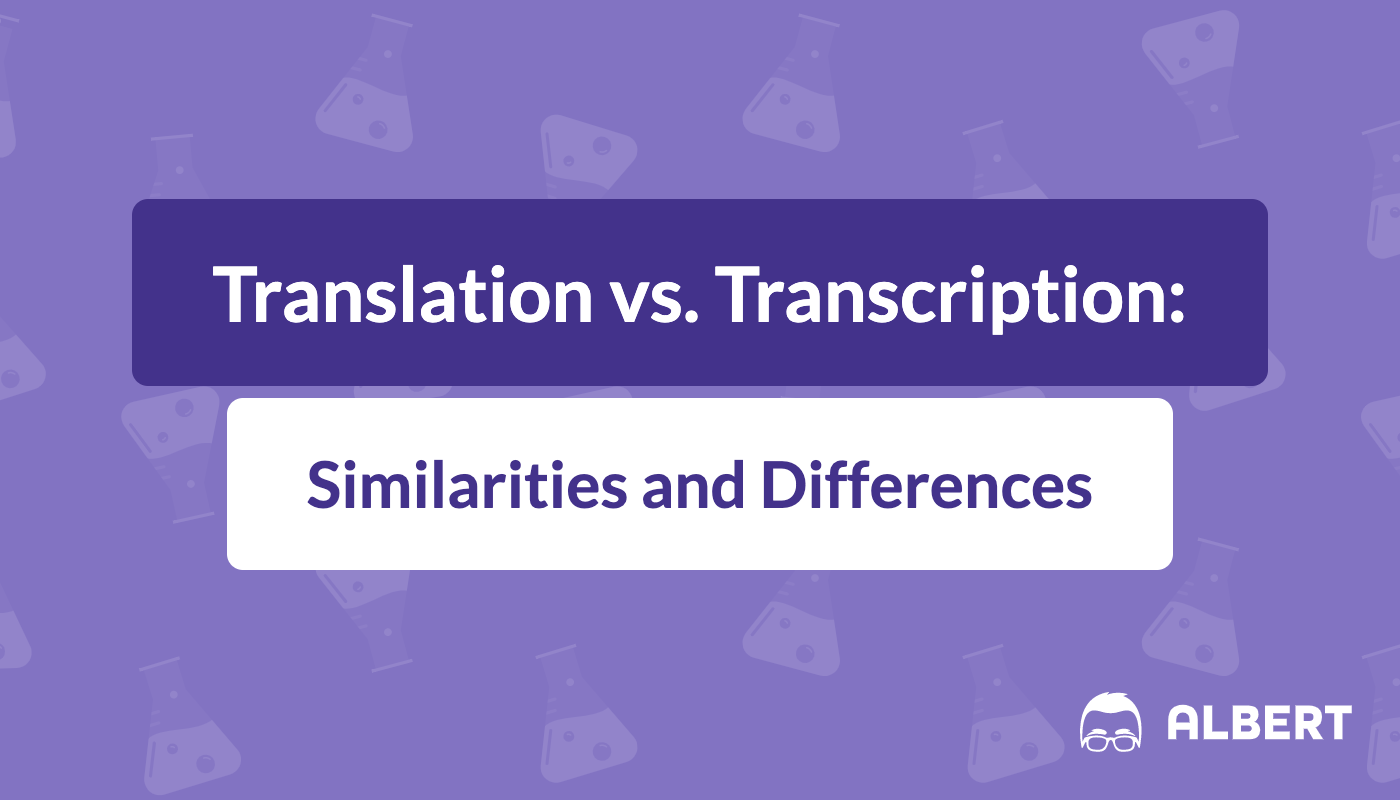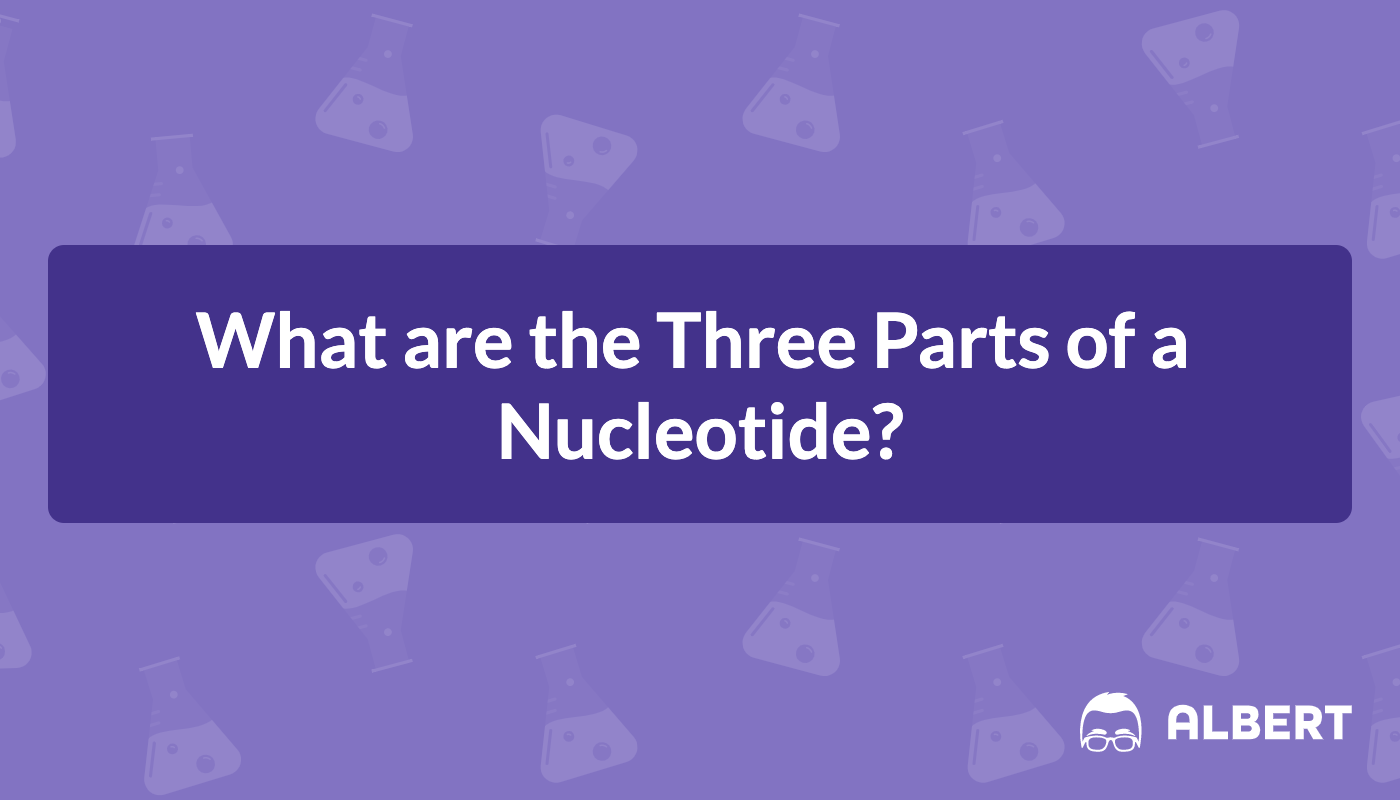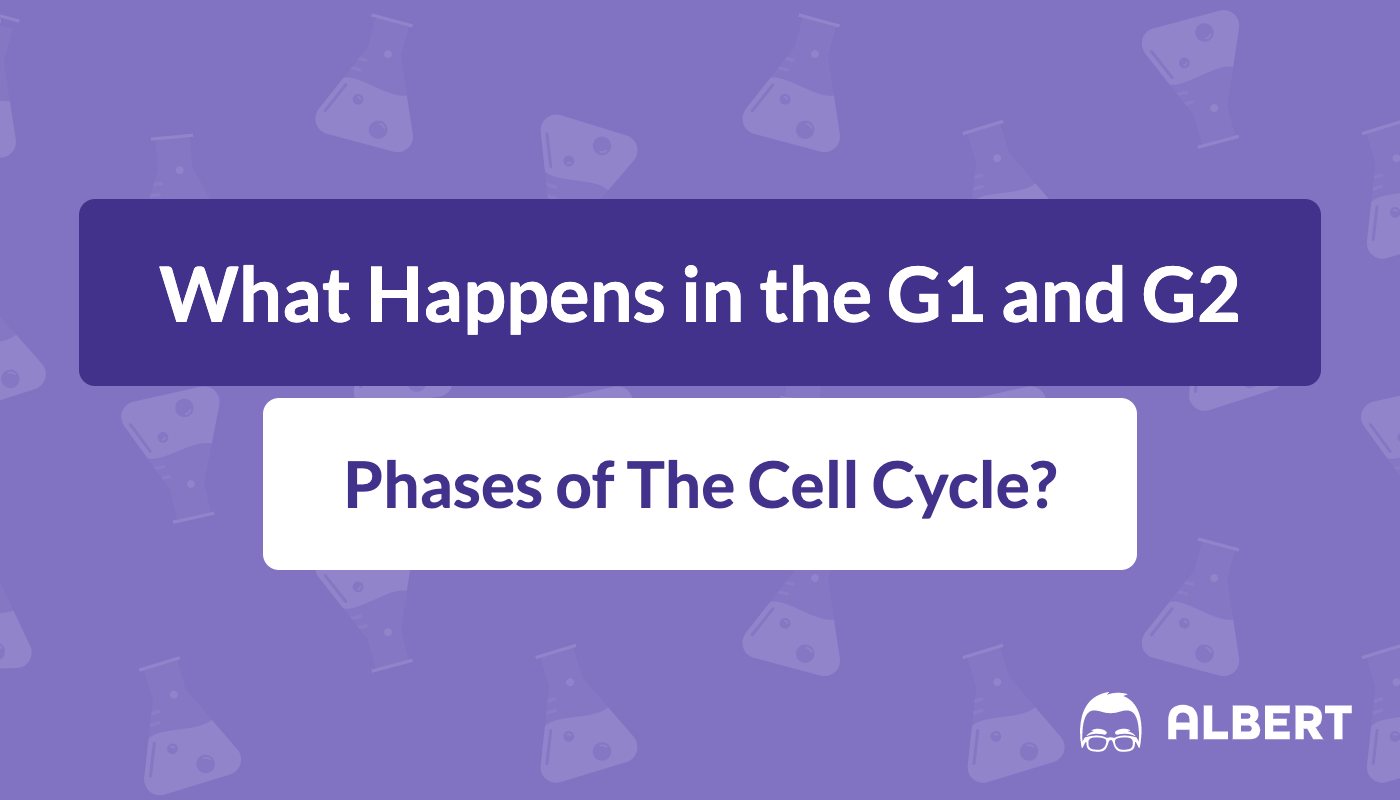What is the Purpose of Meiosis?
The word meiosis originates from the Greek language. It means to lessen; this refers to the lessening of the number of chromosomes within the cell. Meiosis is the process of chromosomal reduction in eukaryotic cells (plants, animals, and fungi), which leads to the production of germ cells (gametes/sex cells) needed for sexual reproduction.


